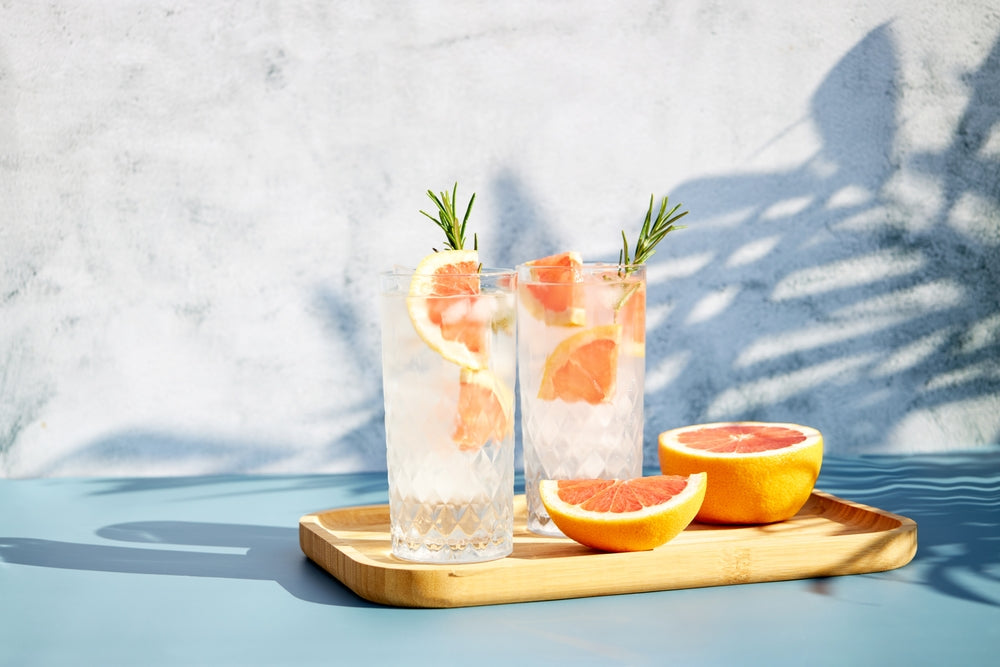Author: Kaneya Editor: Paskach、Hou - Oct 26, 2024
Konnyaku Jelly: The Perfect Blend of Taste and Health

Konjac, or konnyaku, a traditional Japanese food, is becoming more popular, especially in The United States and Europe, due to the trend toward health consciousness in recent years. This article introduces the health benefits of konjac.

What is Konjac Jelly?
Konjac jelly is an elastic jelly made by mixing konjac powder or refined dietary fiber instead of gelatin with fruit juice and other ingredients. It has a fresh taste that can be easily enjoyed as a dessert.Originally, konjac is mainly made from glucomannan, dietary fiber, which is obtained by refining konjac powder made from the tuber of a taro plant called konjac potato. There are many types of processed konjac products, and you are sure to enjoy them

Traditional Japanese Konnyaku
The Various Types of Konjac
Konjac is a processed food made mainly from glucomannan, which is produced from the tuber of the konjac potato. The types are divided into the following categories according to their molding and texture. The difference in color is due to the main ingredient. White konjac is made from powdered konjac potato, but the black konjac is mixed with seaweed powder such as hijiki.
1. Sheet Konjac: Formed into sheets, it is used in simmered and stir-fried dishes. It is chewy and easy to soak up the flavor.
2. Ball Konjac: Boiled into ball-shaped pieces, it is used for stewed dishes such as oden. Some konjac is added with red pepper, sesame seeds and seaweed.
3. Sashimi Konjac: Served raw, moist, and thinly sliced. It has a unique texture and can be enjoyed with soy sauce or wasabi, just like real sashimi!
4. Thread Konjac (Shirataki): Thin strings of konjac that quickly absorb flavor and are suitable for sukiyaki and salads.
5. Granulated Konjac: Tiny, granular, chewy konjac that can be added to rice or soup to bulk it up.

Why is Konjac Jelly Low-calorie?
Konjac jelly generally has no animal ingredients, is low in calories, and is rich in dietary fiber and calcium, as compared to ordinary gelatin-based jellies. It also has a high-water content and elastic texture, so chewing it well will make you feel full, so you can fill up on just konjac jelly as a result.

Konjac Jelly is Good for You!
Konjac jelly contains mainly soluble fiber. Its water retention and gelatinous nature envelopes other nutrients, which move slowly and are expelled while cleaning out the inside of the body. As well as suppressing the increase in GI value, it also serves as feed for good bacteria such as lactobacilli and bifidobacteria, improving the intestinal environment and relieving constipation.

Conclusion
Konjac jelly contains soluble dietary fiber, which has many beneficial effects on the body, such as moderating the absorption of carbohydrates, calming the rise in blood sugar levels, and regulating the intestinal environment. In addition, it is flavorful, fragrant, and vividly colored with fresh Japanese fruits, making it easy and enjoyable to eat as a snack and even when you have not much of an appetite. You are sure to find konjac as a tasty yet effective new healthy food choice!





